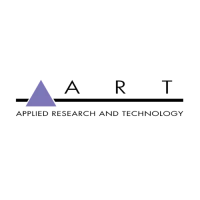
Do you have a question about the Art SyncGen and is the answer not in the manual?
Explains the meaning of termination LEDs: Off for unconnected, Red for short/low, Green for 75 Ohm.
Cautions about uninsulated voltage, risk of shock, and not opening the unit.
Covers proper power sources, grounding, moisture, heat, and environmental protection.
Advises on safe handling, shipping, and when to seek qualified servicing.
Explains how SyncGen centralizes timing for digital audio systems and reduces errors.
Details how to use the front panel button to select master clock rates.
Guides on synchronizing sample rates between SyncGen and other audio devices.
Outlines the two primary steps for connecting audio devices to SyncGen.
Explains how to use S/PDIF outputs for devices lacking wordclock BNC inputs.
Describes the necessity of 75 Ohm termination for BNC wordclock outputs and its impact.
Explains termination as a resistor reducing signal reflections for timing accuracy.
Describes LED feedback for correct termination, shorts, or open circuits.
Details the method to test BNC cable integrity using SyncGen's termination LEDs.
Explains connecting multiple units to one SyncGen output via Thru jacks or T-adaptors.
Provides guidelines on optimal cable lengths and where to place terminators in a chain.
Defines jitter as timing variation and its detrimental effect on audio recording quality.
Highlights SyncGen's role in providing a stable timing reference to minimize jitter.
Outlines the one-year warranty period, coverage, and exclusions.
Provides instructions for contacting customer service and returning the unit for repair.
Lists technical details for Wordclock/S/PDIF outputs, sample rates, accuracy, and jitter.
Details the unit's dimensions, weight, and external power supply specifications.